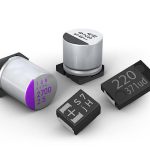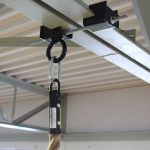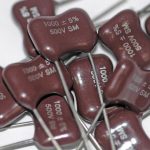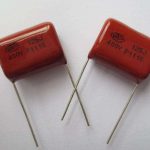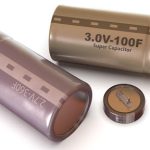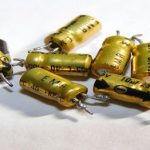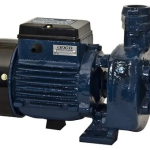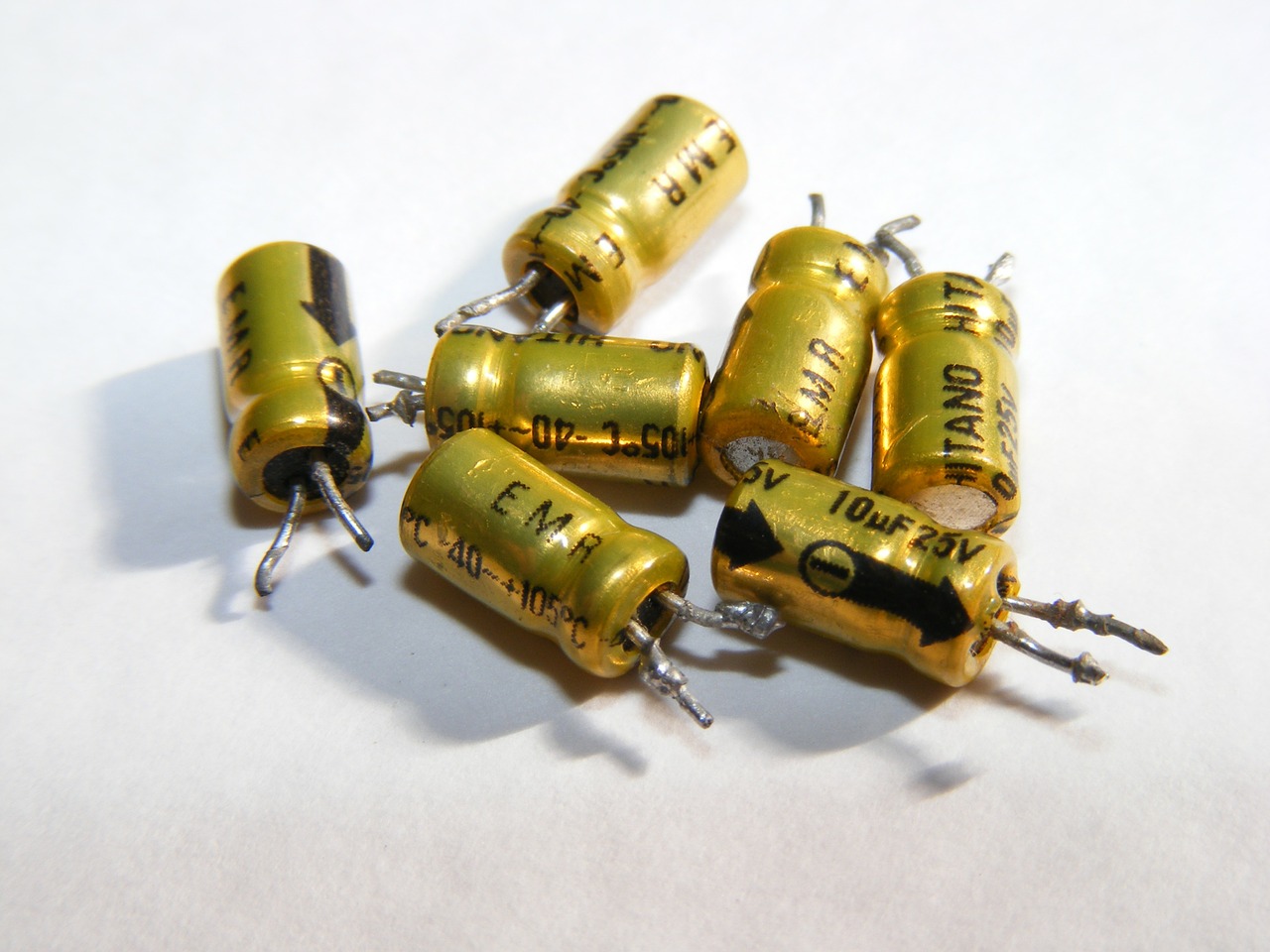
Aluminum Electrolytic Capacitor
Alluminium electrolytic capacitors are reputed for their high capacitance per volume. They can be used in almost any electronic system. Their application includes storage of energy and filtering undesired AC frequencies. They exhibit high capacitance and low impedance thus are ideal for DC to dc converts power supplies and inverters. Alluminium Electrolytic Capacitors have witnessed several technological improvements in the recent past. New electrolytes and processes have emerged thus improving the reliability and robustness of the capacitors.
Factors to consider
-
Voltage rating
The voltage rating offers a safe operating range for the capacitor. You have to operate within these ratings to prevent them from being damaged thus extending their functional life. Its important to note that alluminium electrolytic capacitors are polarized hence can only be used in DC voltage applications. It’s advisable that you do not a higher voltage rating than the required since the higher the rating the higher the ESR.
-
Equivalent Series Resistance
Equivalent Series Resistance (ESR) is the resistive component of the capacitor’s equivalent series circuit. ERS is reliant on frequency and temperature. It is also affected by the dissipation factor. ESR is a matter of most concern in power supply applications. The AC portion of the current accessed by the capacitor causes power dissipation by the capacitors ESR. The higher the capacitors ESR the higher the power dissipated. This leads to more heat generation and shortened capacitor lifespan. Its important that you choose the ESR rating that works well with the ripple current in the design.
-
Ripple Current
Ripple current refers to the current flowing into the capacitor when the load current to IC changes. Power loss as a result of ripple current induces heating of the capacitor. The maximum allowable value of the ripple current depends on ambient temperature, ESR, thermal resistance, and the applied cooling. Thermal stress reduces a capacitors life expectancy. As such, you might be forced to select a capacitor with high capacitance or voltage rating that would actually be required.
Surge, Transients, and Reverse Voltages
Alluminium bcapacitors are sensitive to reverse voltage, transient and over voltage. They can withstand surges of a maximum of 10% of their rating for a short period of time. They are polarized hence can suffer damage if subjected to reverse voltage. A reverse voltage of below 1.5V are tolerable for a short period of time.
-
Cooling
Every manufacturer produces a datasheet that offers a life values with natural cooling. Useful life can be increased using additional cooling measures. Large amount of heat is dissipated through the base of the capacitor’s case. Some manufacturers have designed high voltage capacitors that have screw terminals hence can be mounted on a heat sink to ensure optimal heat transfer. Ensure that the capacitor you pick has a long useful life value and is depending on the application, can cool well.
Summary
Alluminium electrolytic capacitors are versatile and can be used in many applications. Subjected to the right conditions it can last for long. You just have to make sure that you pick a capacitor that best suits your application and you are likely to enjoy long useful life.






